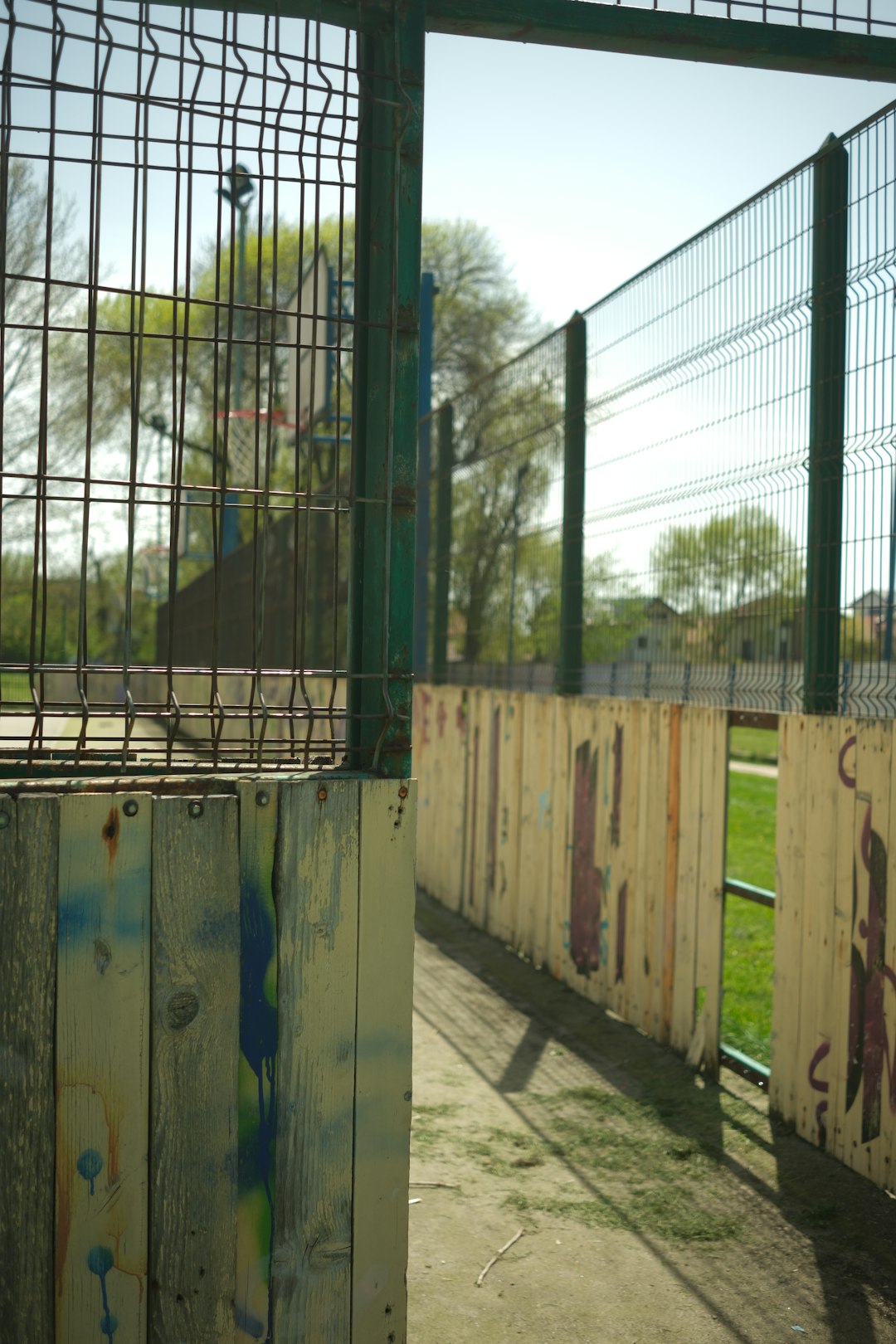American football is a game rich in strategy, rules, and terminology. For those new to the sport, one of the most commonly heard phrases is “1st & 10.” This phrase is frequently displayed on television screens and announced over the stadium loudspeaker, often without explanation. So, what exactly does “1st & 10” mean in football?
This guide provides a straightforward explanation of the term, breaking it down to help beginners understand the structure of the game and the significance of downs and yardage. Whether you’re watching your first NFL game or joining friends for a Saturday afternoon of college football, understanding this basic concept will enhance your appreciation of the sport.
What Does “1st & 10” Mean?
The phrase “1st & 10” refers to the start of a set of four downs. In simple terms, it means the offensive team is on their first down and needs to advance the ball 10 yards to earn another set of downs, also called a “first down.”
In other words, the team has four tries (downs) to move the ball at least 10 yards down the field. If they succeed within those four tries, they get another set of four downs – starting again at “1st & 10.”
Understanding the Basics: Downs and Yardage
To fully grasp “1st & 10,” it’s crucial to have some background on the down system and how yardage works in football:
- Downs: A team’s offensive possession consists of up to four downs (or plays) to move the ball forward by at least 10 yards.
- Yard Line: Field position is designated by yard lines, marked at 1-yard intervals across the field. The center of the field is the 50-yard line.
- Gaining 10 Yards: If the offense gains 10 yards or more in four downs, they are awarded a new set of four downs, starting with “1st & 10.”
If the offensive team fails to move the ball 10 yards in those four plays, they generally have two options on the fourth down: punt the ball to the other team or attempt a field goal if they are close enough to the goal posts.
Breaking Down the Phrase
Let’s look more closely at the two parts of the phrase:
- 1st: This indicates it is the first down or the first attempt in the current set of four plays.
- 10: This shows the number of yards the offensive team must gain to achieve another first down.
This phrase can change throughout the drive. For example, after gaining 4 yards on the first play, the next down would be labeled “2nd & 6” — meaning second down and 6 yards to go. If on the next play they gain 6 yards or more, the counter resets to “1st & 10.”
This constant resetting and updating form one of the core rhythms of the football game. Every successful 1st down is a continuation of the offensive drive and considered a small victory on the way to scoring.
Why “1st & 10” Is So Important
The concept of “1st & 10” is fundamental because it helps determine the strategy of the offense and the positioning of the defense. By watching the down and distance, fans and analysts can often predict the type of play a team might run.
For example:
- On 1st & 10, teams might be more inclined to pass or run the ball conservatively.
- On 3rd & long (e.g., 3rd & 15), it’s often a passing play as the team needs more yards.
- On 4th down, teams usually punt unless they are in a critical moment of the game or within scoring distance.

Field Position and the Line of Scrimmage
Every play begins at the line of scrimmage, a virtual line across the field where the ball is placed. The distance to gain those 10 yards is measured from this line. On TV, the line of scrimmage is often displayed as a blue line, and the “first down line” — the target to reach — is shown as a yellow line.
Position on the field is extremely important. Teams are more aggressive when closer to their opponent’s end zone and more cautious when deep in their own territory.
Other Variations of the Phrase
As the offense progresses, you will hear other variations besides “1st & 10.” Common examples include:
- 2nd & 5: Second down, five yards needed for a first down.
- 3rd & 8: Third down, eight yards to go.
- 1st & Goal: First down, but inside the opponent’s 10-yard line. The team must now score a touchdown rather than earn another first down.
- 4th & Inches: Only inches are needed to get a new set of downs – a very tense and strategic situation.
Examples to Help Understand
Let’s say a team starts with the ball on their own 25-yard line. That’s where the “line of scrimmage” is set. They need to reach the 35-yard line for a first down.
Here’s how a typical sequence might go:
- 1st & 10 at 25: Gain of 4 yards. Now it’s 2nd & 6 at the 29.
- 2nd & 6: Gain of 3 yards. Now it’s 3rd & 3 at the 32.
- 3rd & 3: Gain of 5 yards. New first down. Now it resets to 1st & 10 at the 37.
This cycle continues as long as the offense is successful. If they fail to get 10 yards in four plays, they usually give the ball to the other team at their current spot or attempt a field goal depending on their location on the field.
Who Tracks “1st & 10” On The Field?
The down and distance are closely monitored by officials and displayed visibly for players, coaches, and fans. Along the sideline, a crew of officials holds down markers — poles that track the current down and the distance needed. The officials also set up chains exactly 10 yards apart to measure progress.

The chain crew plays a crucial role, especially during close plays. If a play ends very near the first down marker, referees may bring the chains onto the field to measure whether the team gained the necessary distance.
Impact on Game Strategy
Understanding down and distance, especially “1st & 10,” is pivotal for play-calling. Coaches will choose different plays depending on how far they need to go. Early downs often allow for more experimentation and mixed play calling, while third or fourth downs add more pressure.
For fans, knowing what “1st & 10” means can transform your viewing experience. It gives context to the drama on the field and helps you understand the tension and celebrations following each successful conversion.
Conclusion
The term “1st & 10” is a foundational element of football that signals both opportunity and challenge. For the offense, it’s a new set of chances to drive the ball forward. For the defense, it marks the start of another effort to stop their opponent. Although it’s a simple phrase, understanding its meaning opens the door to a deeper appreciation of the complexities and strategies behind every play on the field.
So, the next time you hear “1st & 10,” you’ll know exactly what it means — and be one step closer to understanding the game loved by millions across the world.
